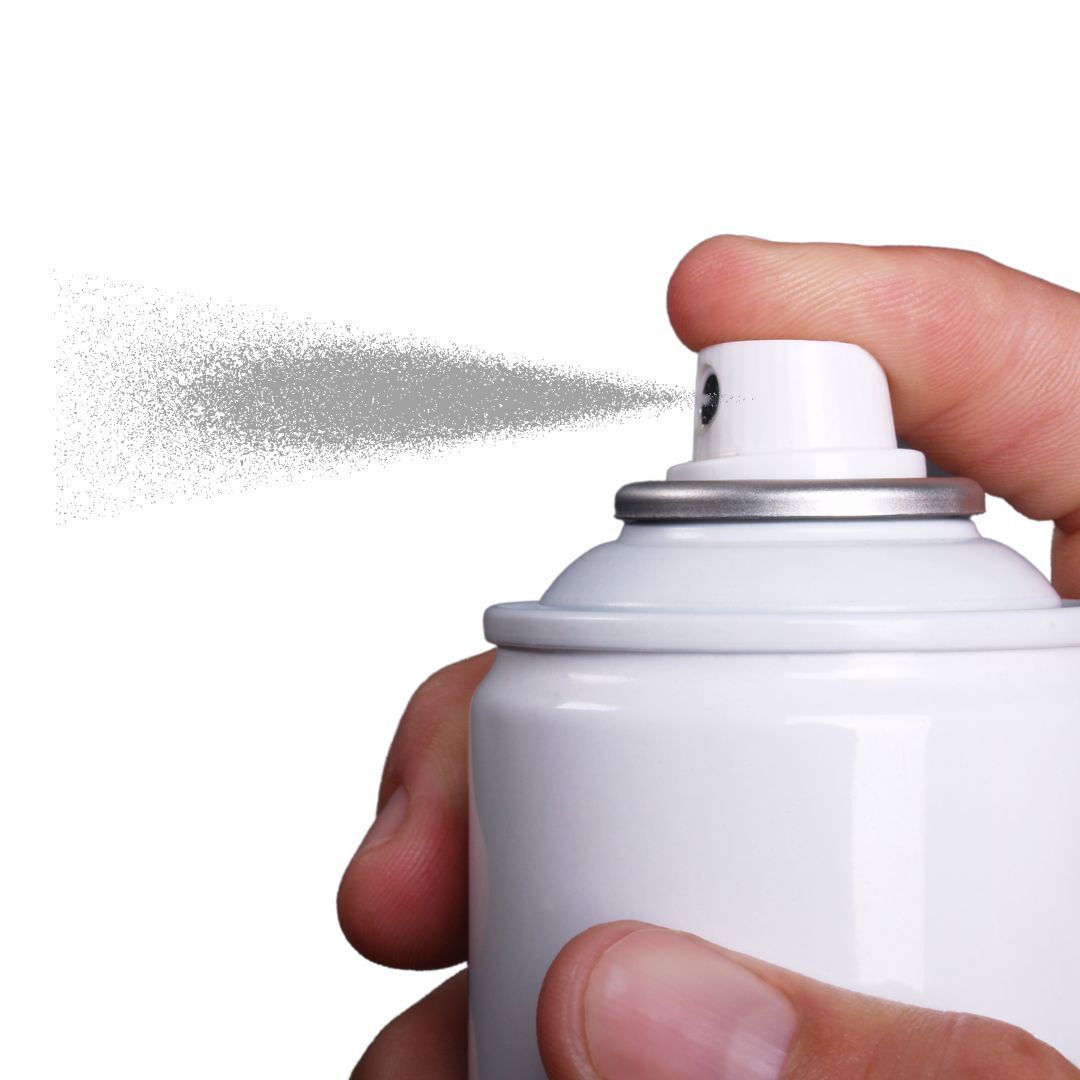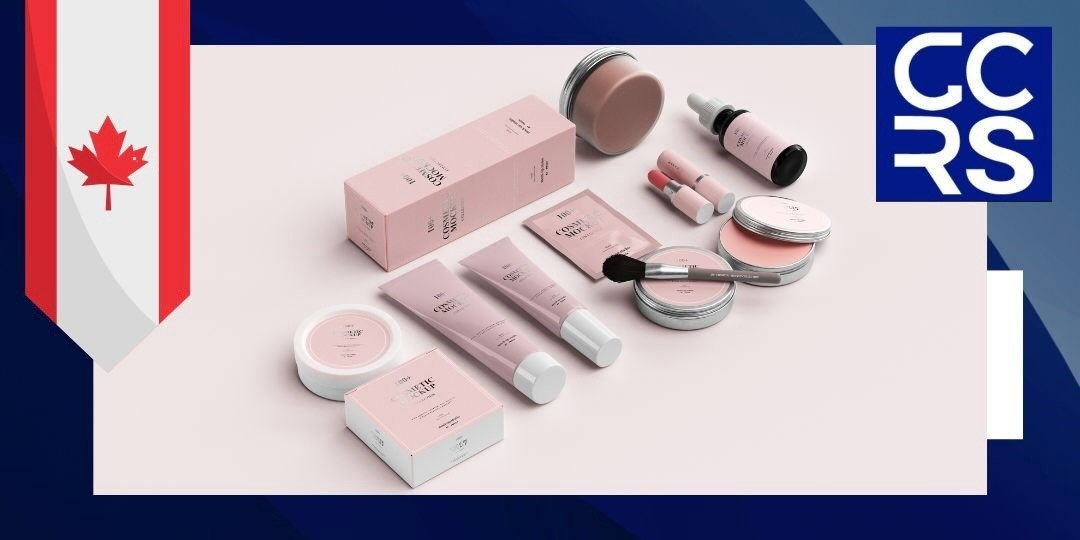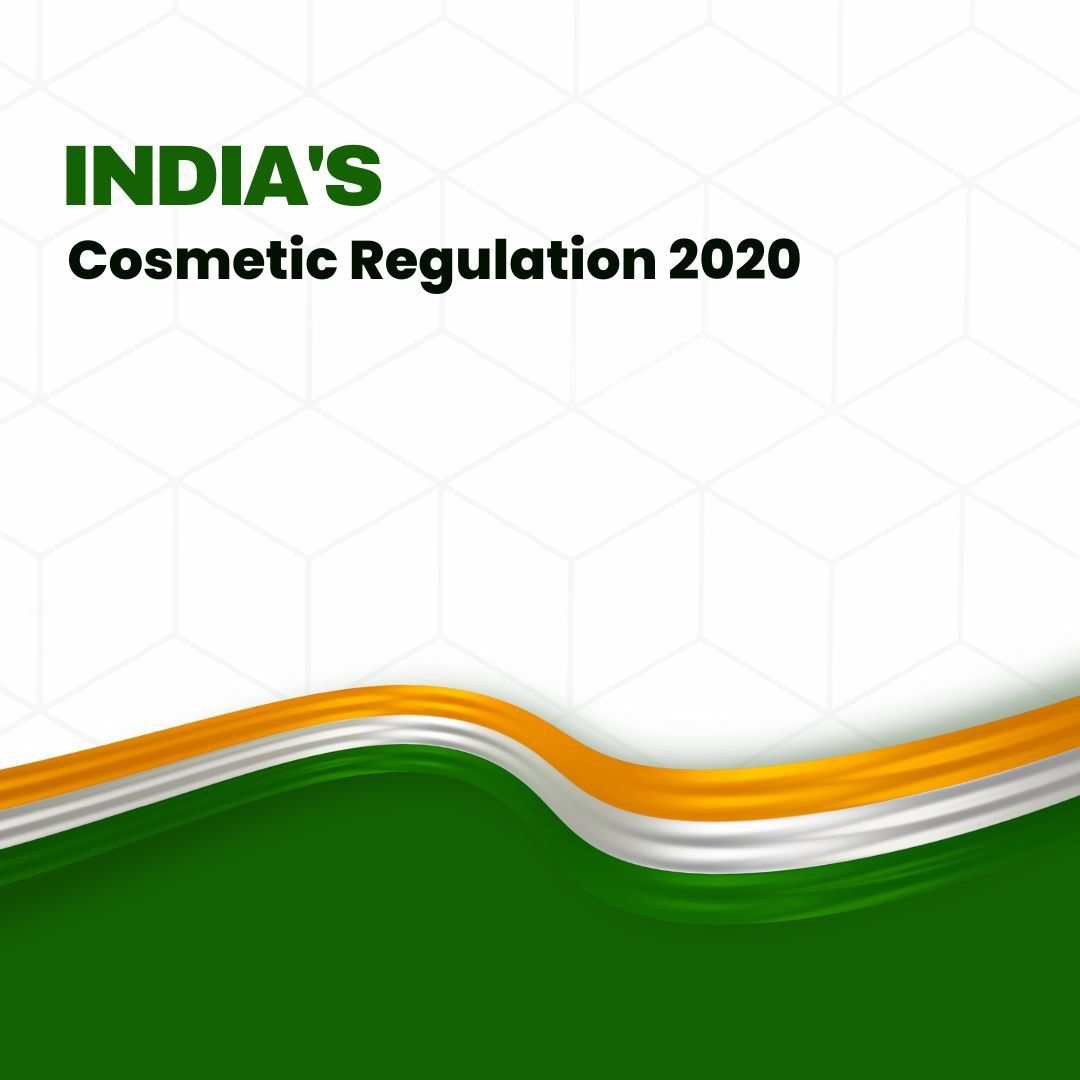Blog
GCRS Global
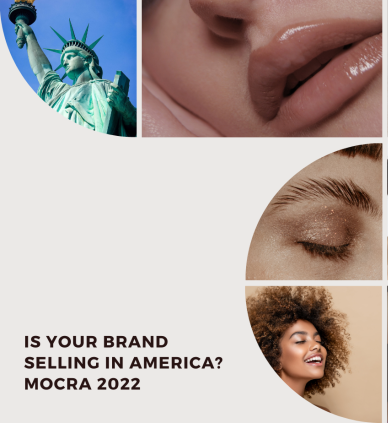
If you are looking to expand to the USA or you are already selling there, you might have already heard about MoCRA, there is so much information and it can feel overwhelming, at GCRS we have created an FAQ answering the most common questions we have heard from our clients. What is MoCRA? The Modernisation of Cosmetics Regulation Act of 2022 aims to strengthen the authority of the FDA by implementing, Safety Substantiation, Serious Adverse Event reporting, Records Access, Facility Registration, Product Registration, List of fragrance allergens on products labels and comply with GMP. When was MoCRA issued? On 29 December 2022 MoCRA was signed by President Joe Biden as part of a bigger of the Consolidated Appropriations Acts, 2023. When will MoCRA be enforced? The FDA is planning to enforce all the regulations in different times to allow industry to adapt to changes. On December 29, 2023, the Safety Substantiation and Serious Adverse Event Reporting became mandatory. The cosmetic product facility registration and cosmetic product listing will become mandatory on July 1, 2024. Listing of fragrance allergens on products labels will become mandatory by October 2024 Specific GMP regulations will be proposed by December 29, 2024, and finalized by December 29, 2025. How can I comply with MoCRA? In order to be fully compliant with MoCRA your products need to be registered before July 1, 2024. To achieve registration you need to have at hand: Fully compliant artwork Safety Substantiation for your products The FEI (FDA Establishment Identifier) of the company who manufactured your products A US Contact if you are a foreigner company Do I have to register my facility as a distributor with the FDA? Brands are not required to register their facilities this is an exclusive obligation of manufacturers; however product registration will have to be renewed every year. If I’m a manufacturer but I don’t distribute the products myself, do I still have to comply with MoCRA? Yes, manufacturers take part in the Cosmetic Facility Registration they are required to obtain a FEI number from the FDA prior to their registration and have the obligation to update their registration if any changes occur as well as renew their registration biennially. What if I do not have a US Address? Do I need to get one? If you don’t have a US Address, GCRS can provide US contact services, we will liaise with the FDA on your behalf. I’m already compliant in UK and EU, should I have to worry about extra regulations? The EU and UK has some of the strictest regulations in the cosmetic market, if you already have a fully compliant PIF and CPSR, chances are you'll only need to update your artwork to comply with US regulations and do the cosmetic product listing. I’m a small business, are there any exceptions for me? Yes, there is an exception for businesses with average gross annual sales of cosmetic products in the USA for the previous 3-year period of less than $1,000,000 (adjusted for inflation), however, while exempted of Cosmetic Product Listing, Cosmetic Facility Registration and GMP regulations you will be required to comply with the following: Section 605. Adverse Events report (Cosmetovigilance) Section 608. Safety Substantiation (CPSR, PIF) Section 609. Labelling (Allergens declaration, minimum font, RP address, warnings, professional use declaration) Section 610. Records (Any adverse events records) Section 611. Mandatory Recall Authority Become fully compliant with MoCRA The U.S. cosmetic regulatory panorama will bring new challenges for everyone, GCRS has years of experience in countries with even tighter regulations, we know how to navigate and help any size company to get up to speed with new regulations. We are here to help you to the best of our abilities and make your company MoCRA compliant, time does not wait for anybody so contact us today to start working on securing one of the biggest cosmetic markets in the world. Get in contact today
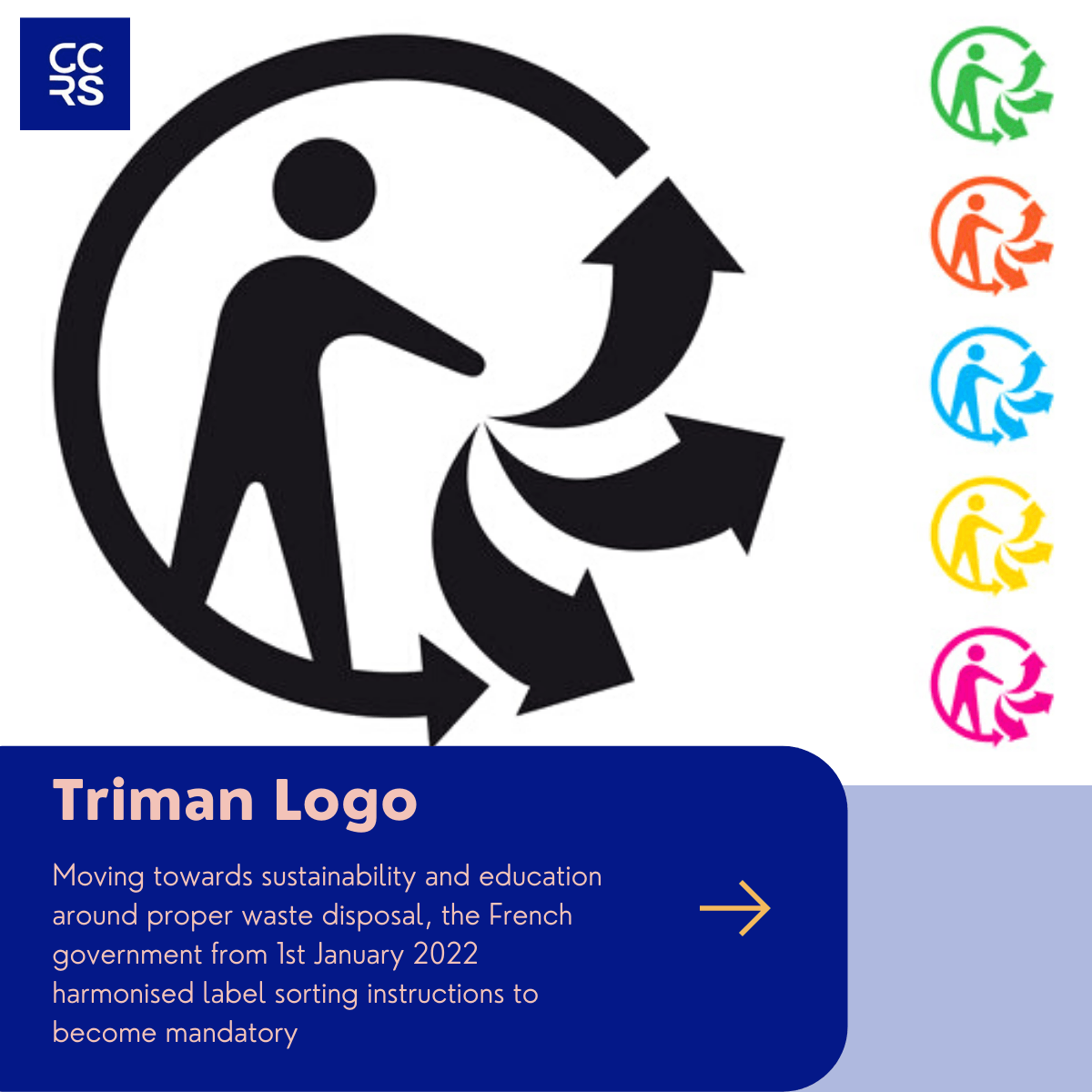
Moving towards sustainability and education around proper waste disposal, the French government from 1 st January 2022 harmonised label sorting instructions to become mandatory. The Triman logo is one of the most important recycling symbols in retail, even for traders exporting to France. As a part of the anti-wastage and circular economy law, the French government has reformed the logos required on packaging of the products to simplify sorting. A treatment chains for end-of-life products have progressively developed, over 15 certified Producer Compliance Schemes and collective organisations have been created in France. What is Triman logo and its requirements The aim of Triman logo is to inform the consumer that the product is recyclable, collected separately and subject to Extended Producer Responsibility (EPR). The Triman logo always consists of three graphic elements which cannot be dissociated. Triman Logo in France Since 2015, Triman logo has been mandatory in France but according to new regulations in 2021, sellers importing products to France should have the logo on their packaging. Further, the sorting information by the French governments is given, after the packaging has been emptied. Messaging on the waste sorting In addition to the mandatory Triman symbol, a detailed message about recycling instructions should be mentioned. The message is required to: Provide consumers with instructions of sorting. Update consumers of product collection points. Other than the Triman symbol, additional textual or visual aid for the consumer is optional How can GCRS help? Complying to the recent labelling and packaging regulations in France, GCRS Global’s RP team brings essential knowledge about the intricacies to help your brand successfully launch in France. The new regulation involves the size, the colour, and the placement of the logo on the packaging which our assigned RP brings essential knowledge and expertise; for your brand to meet end-users. At GCRS Global , we act as your RP representative; maintaining and verifying the information ensuring that the product formulation is safe for consumption in the market, managing the volume of data and ensuring your meets every relevant regulatory requirement. Our Responsible Person representatives have an experience of more than 15 years of working in the industry and will ensure compliance of your overseas product launch. The assigned RP brings essential knowledge and expertise to your brand which end-users have come to expect. If you have any further questions about the Triman logo compliance, or other environmental issues. Please feel free to contact us.

In a highly regulated environment, consumer trials verify your product claims to enable consumer confidence in your brand vs competitor brands in the market. Working with the clinical experts, the team at GCRS Global verifies claims through scientific testing and substantiate them by presenting information in accordance with the latest market guidelines. Consumer testing is of key importance to highlight your product’s effectiveness and safety. Since 2009, our founders have collaborated with numerous beauty brands to launch various products worldwide. We cater the needs of the brands by providing a full range of regulatory and personalised compliance services. Witnessing multiple global beauty brands fall in the loop of unprecedented documentation, at GCRS Global , our experts help you substantiate your claims by selecting appropriate routes like clinical testing, consumer trial, sensory testing and so on. Progressing towards brand loyalty and brand reputation, consumer testing plays a vital role in the growth of every new and existing beauty brands. With GCRS Global as your partner, the claims of your product will be backed by scientific evidence, making your brand stand out in the global market. What is consumer testing? Multiple lab tests are undertaken to confirm the safety and potency of the product by experts, which increases the reliability of the product. Product claims need to be supported by robust evidence since the demands of the consumer is increasing and so is the vigilance of the advertising authorities. Keeping up with the ever-changing technological environment, our latest upgrade includes tests such as anti-pollution tests with analysis of the pH of the skin, water loss and sebum. GCRS Global will help you understand how consumer testing will make your product shine out! - Reliant method of communicating with the target audience, which helps in strengthening consumer’s faith and loyalty towards the product and the brand. - The claims will be backed by scientific evidence which will assure the high quality of the product. The purpose of consumer testing is to garner information from people in real life before the product reaches the market. Our wide range of experts include chemists, regulators, toxicologist, consultants, and auditors who cater to the unique needs specific to your product and brand. The sample test reports show the intricacy of every study we undertake and how rapidly it is evolving. Contact us to learn more about these studies and how we can level up your product!

Companies have learned that consistently producing high-quality cosmetics products is not so easy. Recently 8 products were recalled in the US, whereas the EU recalled a significantly higher number of 20 products. While 'chemical risks to customers' is just one crucial aspect, others include complying with many regulations necessary to qualify before entering these markets. Here are some beauty regulatory litigation concerns for 2021 and how you can navigate your way successfully out of them. 3 Ways to Effectively Litigate the Compliance Process 1. National and Single Market Policies You should follow the EU Cosmetics Regulation (EC No 1223/2009) if you want to sell in the European single market. The single market is bigger than the 27-member EU. Non-members Iceland, Lichtenstein, Norway and Switzerland also have access to the single market because they adopted the EU Cosmetics Regulation. In European law, a "regulation" means it is immediately enforceable and applicable in all EU Member States without transposition into national law. Remember, however, that other pieces of legislation apply to cosmetics and may lead to some cumbersome national differences (for example, the ban or restriction of some substances or environmental labelling requirements). 2. Consumer Protection Consumer protection is at the core of the EU Cosmetics Regulation, and the safety of products must be demonstrated. In accordance with the law, this scientific evaluation must be carried out by an expert with the appropriate credentials. Please do not underestimate the complexity of this work. Make sure that your Cosmetic Product Safety Report complies with the best standards. Cosmetic brands are often affected by compliance issues related to safety, which may result in huge financial penalties and sometimes even prison sentences. 3. Common Criteria, Labelling and Claims Regulatory authorities in Europe are also very concerned with consumer rights. Consumers can make informed purchasing decisions with the help of the EU Cosmetics Regulation. In addition, EU regulation no 655/2013 specifies common criteria for cosmetic claims. While the EU did not create a list of acceptable versus non-acceptable claims, it did establish a set of criteria that a claim should follow, including honesty, fairness, and evidence. While cosmetic brands have more freedom, interpretations are left open. Experience plays an important role in evaluating claims. Placing Your Cosmetics in UK Market Is Not Easy On the one hand, so many regulatory compliances bind you. On the other smallest difference between two words, such as natural and organic that are often considered similar, have no clear definitions that can complicate your product launch. At GCRS , we have been working since 2008. We have helped several big and small cosmetics manufacturers successfully place their products in the UK/EU market. We don't claim the process to be easy, but we commit to stand by you at every step until we get the product approved to sell in UK/EU market. Contact us to learn more about your challenge in getting your product approved, and we will help you with our expert consultants. Also, read about the difference between ‘natural’ and ‘organic’ – two terms used synonymously but have significant differences for the cosmetics industry.

Cosmetic Products you import to UK or EU must comply with various safety cosmetic compliance in the UK. If you are selling in Great Britain, then you must comply with UK regulations. Similarly, if you are selling in Northern Ireland region, then you must comply with EU regulations. You must ensure that your products comply with Schedule 34 of UK regulations and Regulation EC 1223/2009 of the EU regulations to sell them or give away free in these regions. To comply with these regulations, you need to follow a step-wise approach for placing your products successfully in the UK/EU market. Here are six steps we recommend and follow for placing our client's cosmetics in these regions. 1. Appointing a Responsible Person You appoint a person residing from within UK/EU as your responsible person. If you are a resident, you can yourself be the responsible person for your cosmetic products. A natural or legal person is appointed as a responsible person. This person acts as a liaison between your company and all authorities. This person represents your products and acts as a compliance guarantor, safety guarantor and person responsible for carrying out several other obligations for approval to place your product in UK/EU markets and maintain the product in these markets. The role demands proactiveness due to the multiplicity of responsibilities. Appointing a person from the relevant field and relevant knowledge is a wiser option. You can also assign this task to a specialized firm providing cosmetic regulatory services. They have the necessary knowledge and rapport, which helps you get an easy way through. 2. Technical & PIF Supporting Documents Product Information File (PIF) helps in smoothening the pre-market notification of the product. It includes various technical and product details such as: Product Composition Once you have appointed your responsible person, the next step is to review the product composition. There is a long list of Annexes of regulations for launching any product in the market. You check the compliance of the formula by comparing them with the ingredients listed in the Annexes of the regulations. You should do this process frequently several times a year. You can use some software to do this if your formula is complex. The software makes the process quick and accurate. You can also recruit a firm to do this. The consulting firm will check the formula and present the analysis to you for your reference. You will not need to involve in this crucial and tedious regulatory process and keep your focus on business growth and expansion. Physical & Chemical Stability You need to check how various ingredients in your formula react at different temperatures or coming in contact with each other. So many times, two elements stay stable only in specific conditions, but when the suitable conditions alter, they may behave differently. Also, ideally, the chemicals included won’t be kept in the same conditions forever. So, it is necessary to check the stability of all the elements together in various conditions. So, the cosmetic product’s quality doesn’t deteriorate drastically under different conditions. Controlled Micro Tests When a cosmetic is manufactured, various small tests are done to check the reactivity of two ingredients together or the effects of the environment when exposed to different weather conditions. Tests check the reactivity of each ingredient on the skin or part where they are to be used. These tests are done on animals at first. This data is also necessary and should be kept as a part of PIF. Raw Materials Documents You also need to keep a list of raw materials used in the manufacturing of your cosmetic product. Every ingredient can be specific, so details like in which condition they were grown and what source was used are also necessary to keep in PIF. 3. Creating Compliant Product Labels Once PIF is ready, the next step is to create cosmetic labels that comply with the related norms. Some important information that is mandatory to mention on the product label are: Name and address of the Responsible Person Country of origin Nominal content Date of minimum durability or period-after-opening Precautions & warnings* Batch number Product function* Ingredient’s list If you are exporting the products for selling in another country or procuring to sell something from another region, you must include a translation to the native language. You should also translate marketing content and claims. 4. Safety Assessments & Safety Reports Any cosmetic product goes through a thorough assessment done by a qualified assessment officer. The assessment report has two parts A & B of the cosmetic product safety report (CPSR). Part A lists the tests done, whereas in part B assessor performs the assessment based on information indicated in part A. The tests that verified the successful and effectual performance of the product without any safety threats are noted in Safety Reports as referred to in Article 10(1). 5. Notifying with the Cosmetic Products Notification Portal You need to put all cosmetic products on a European cosmetic portal to notify the authorities electronically before selling them in the UK/EU region. This portal is set up by UK cosmetic compliance authority to impose compliance with cosmetic product rules and regulations in UK/EU. With the cosmetic products notification portal, you can place and market your product in 31 countries of the EU. One notification notifies the European commission and helps you sell your product in Europe. However noteworthy that this step is done only if your product is found compliant with the relevant legislation. 6. Compiling the Product Information File (PIF) Once you have handled the product review process, you need to start working on a product information file. Though there is no set format, the product description must generally help attribute the PIF to the cosmetic product. This file must be easy to understand, available in electronic or paper format, and kept by the designated responsible person for ten years. A PIF contains description of cosmetic product to attribute it safety report manufacturing methods statement declaring compliance with the fair manufacturing practices proof of effects of the product data of any testing done Ready to place your cosmetic products in UK/EU market? UK/EU markets offer lucrative exposure to cosmetic business owners (manufacturers and sellers). Selling your product is difficult in the EU market due to several compliances and restrictions. Many consulting firms help enter the EU market, but it's important to collaborate with an established and reputed brand like GCRS. We are providing our cosmetic regulatory services since 2008 and have helped various SMEs place their cosmetic products in the EU market. We can help you too in getting hassle-free entry of your products to the EU market. We are well-versed with the regulations necessary to comply with for cosmetics industry. To take our help give us a call at 029 2233 8757 .


